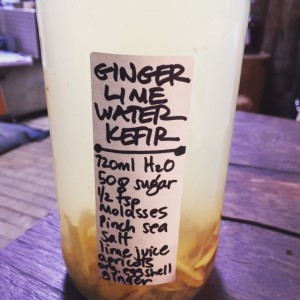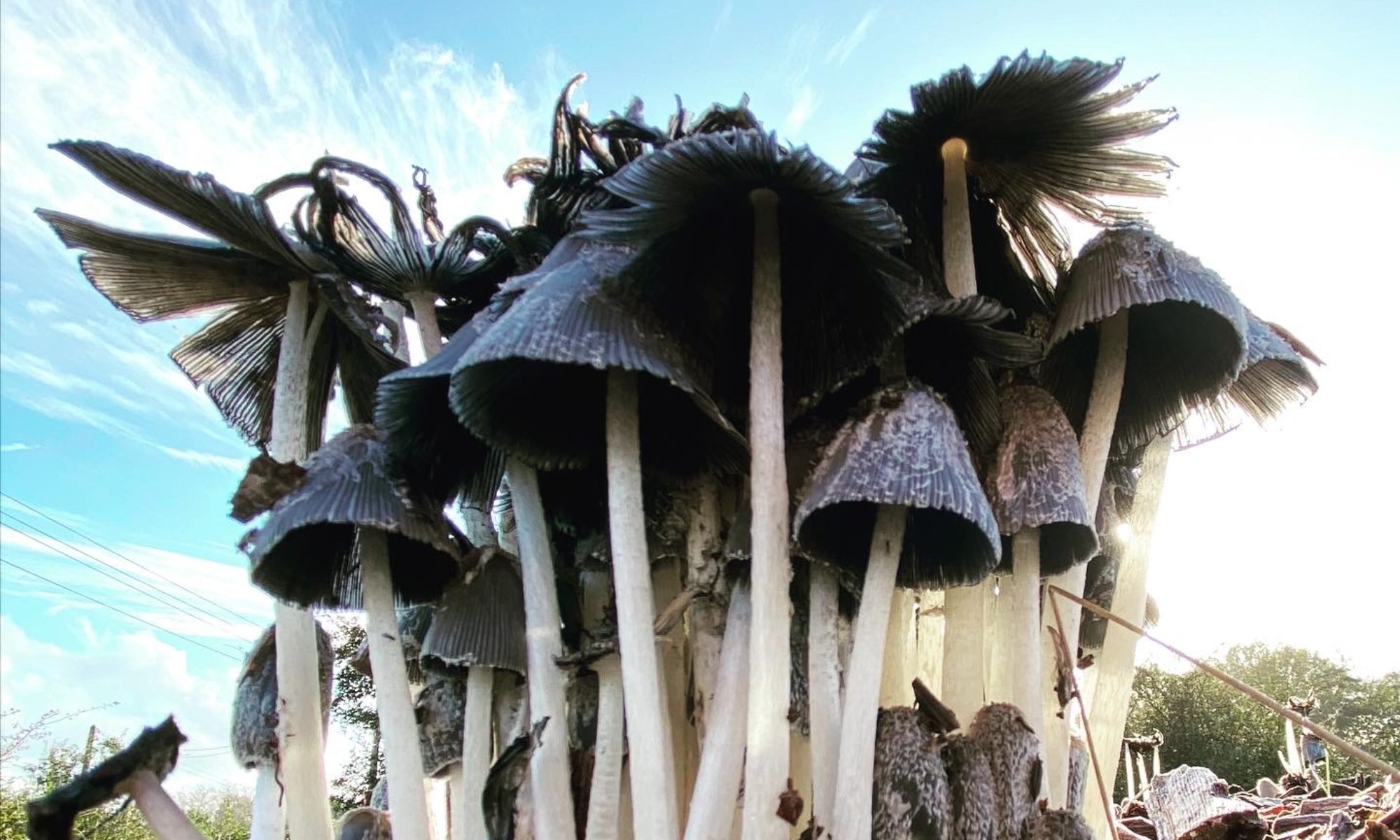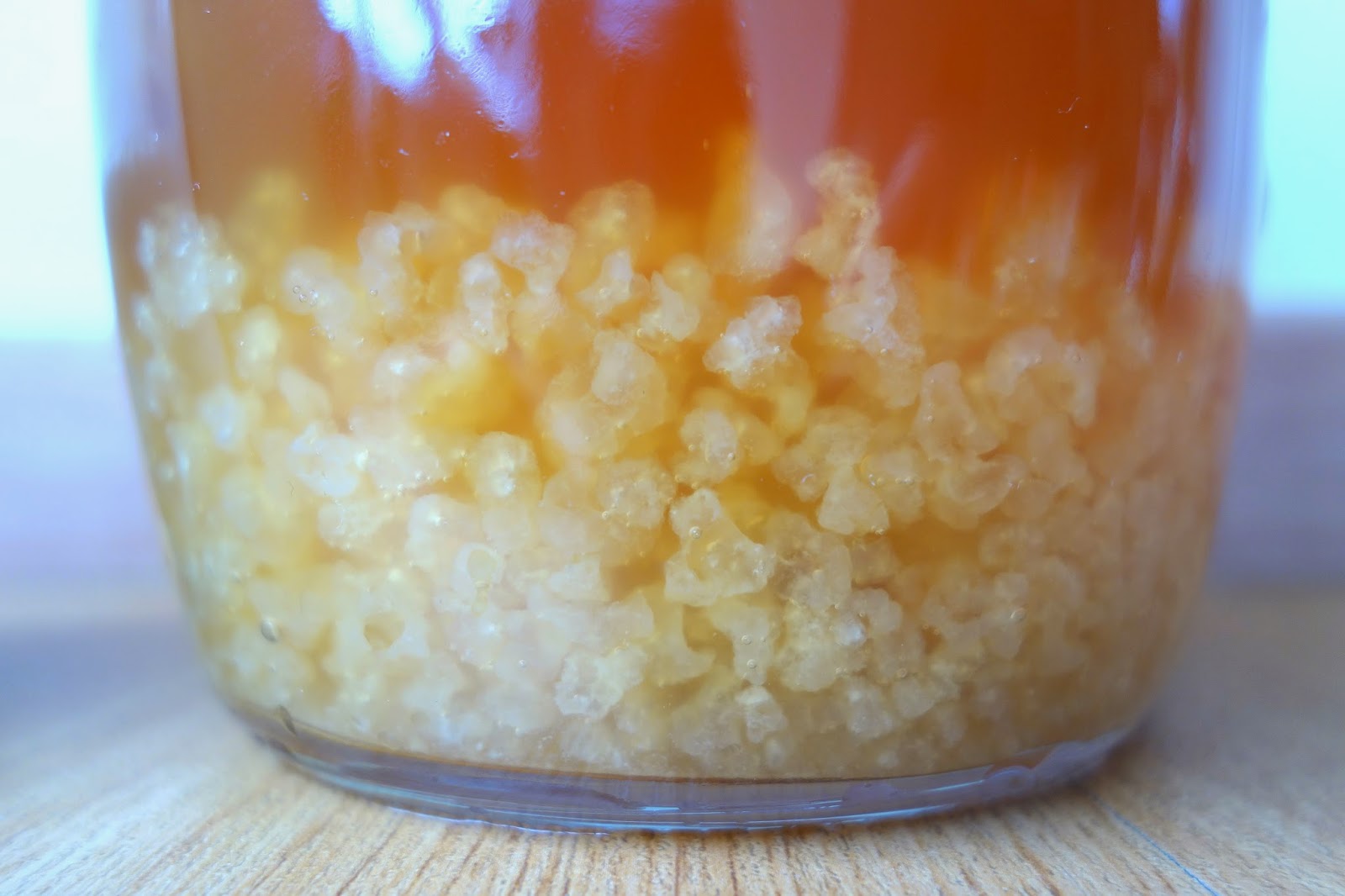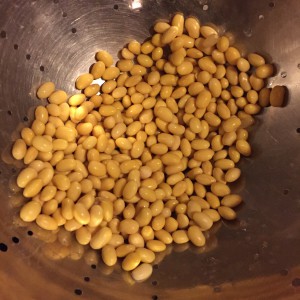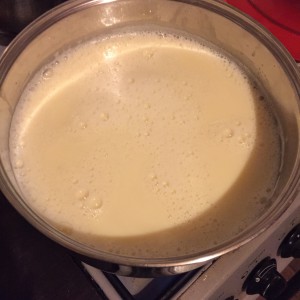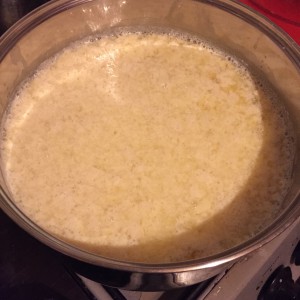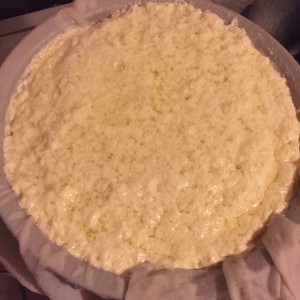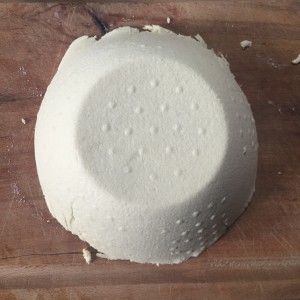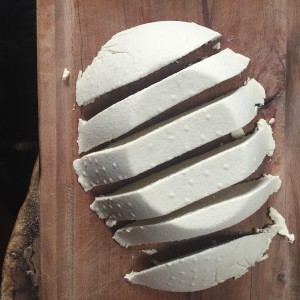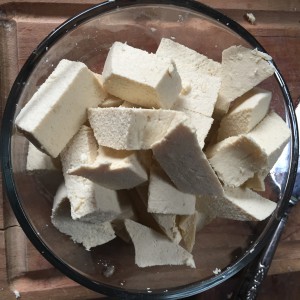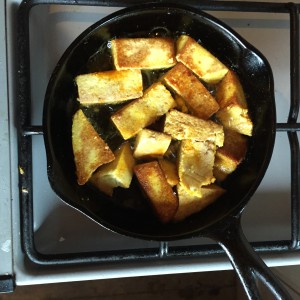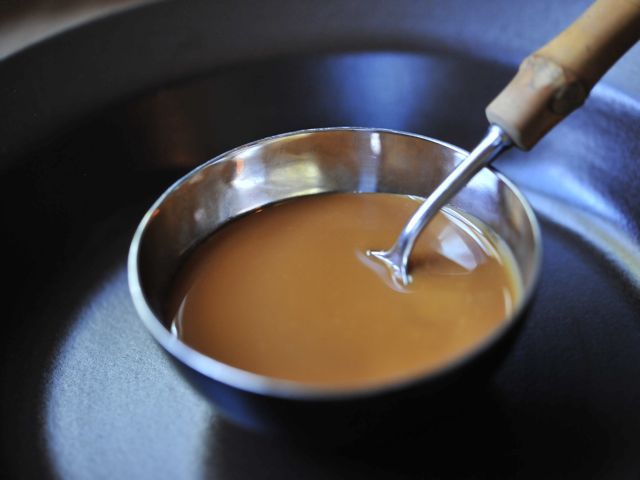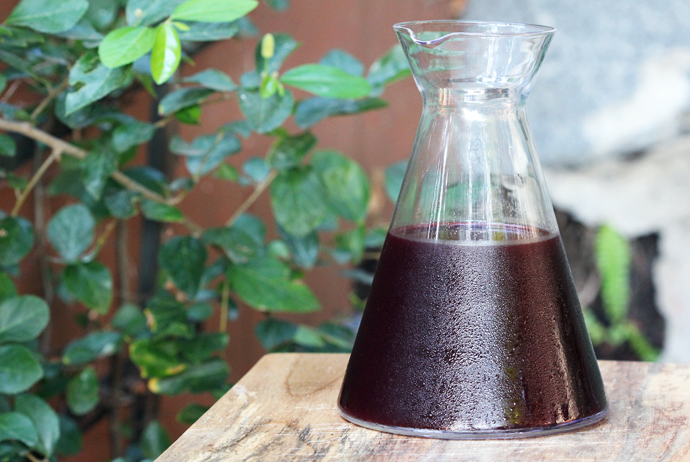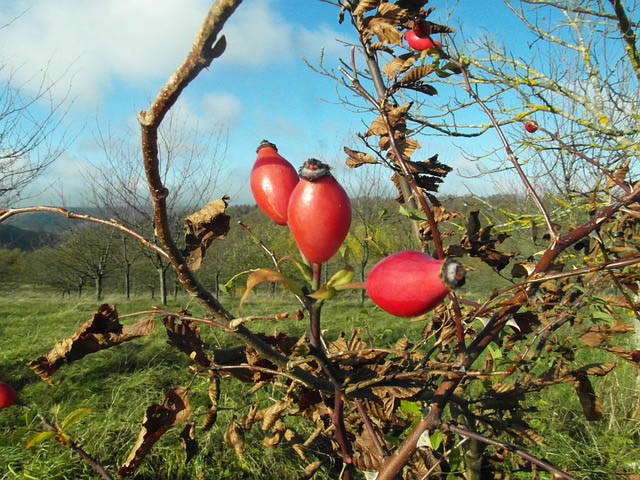I finally got some more water kefir grains today from Healthy Habits in Wicklow Town.
I had water kefir grains in the past but quickly felt overwhelmed from too many cultures on the go. I am now superhuman (ha, you should see my countertops!) at balancing all of my cultures, so I decided to give it another go.
If you’d like to learn more about water kefir grains and read loads of recipes, one of my favourite websites is Cultures for Health.
This recipe is slightly adapted from Bar Tartine’s Cortney Burn’s of San Fransisco. I highly recommend this cookbook.
Ginger Lime Water Kefir recipe
Makes 3 cups/ double the recipe if desired.
Ingredients:
3 cups/ 750ml filtered water, preferably non-chlorinated
¼ cup/ 50 gram sugar
½ teaspoon molasses, preferably blackstrap
a washed, organic eggshell (for added minerals)
pinch of sea salt
2 squeezed lemons or limes, including the peel if organic
a couple pieces of dried fruit such as raisins or apricots
1-2 inches of organic fresh ginger, sliced finely.
¼ cup/ 45 grams water kefir grains
Method
In a 1 litre non-reactive container, such as a glass milk bottle, dissolve the water and sugar. Once mixed, add in all of the other ingredients: molasses, eggshell, sea salt, lemon peel, (save the juice for later) dried fruit, sliced ginger and lastly the water kefir grains. If you add the water kefir grains loosely in a small muslin sack or bag they are much easier to remove after.
Screw the lid on tight and give it a shake to mix everything. Then (importantly) leave the lid on, but unscrewed so that the carbon dioxide can escape. Or use an airlock if you have one. Bottles can and will explode if you don’t take care! If you’ve screwed the lid on, be sure to release the carbon dioxide every 6-8 hours by opening the container.
Let stand in a warm place of 68-72F/ 18-22C for 48 hours. 72 hours if the room is cooler. It should be gently fizzy.
Remove and discard the fruit (you can eat it) and lemon pieces and eggshell. Remove the kefir grains. Strain the liquid through a sieve to catch any other bits or kefir grains.
Stir in the lemon or lime juice using more or less to taste. In Cortney’s recipe, she also adds fresh ginger juice.
Transfer the liquid to flip top bottles such as glass Grolsch bottles with the rubber gasket. Leave at least 1 inch/ 2.5 cm of head space to allow the carbon dioxide to expand. Let stand at room temperature until pressure builds, about 24 hours. You can use a plastic bottle if desired to remove the possibility of explosions, but also to gauge that the pressure has built up sufficiently. Once the bottle feels hard, move to the refrigerator. Refrigerate for up to 1 month. Serve cold straight out of the bottle.
I’d recommend opening the bottles with care. I open them over the sink and with a plastic jug over the top of the bottle in the event of a surprise geizer!
The kefir grains need to be fed, so once removed from the mixture feed them again immediately in a sugar water mixture of ¼ cup sugar/ 50 grams to 1 quart or litre of water. Refrigerate in an airtight container for up to 4 weeks. Drain and add fresh sugar water every 7 days. Or repeat the recipe and start again!
